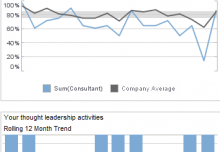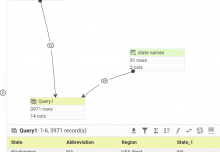A compliance dashboard encompasses a range of key performance indicators (KPIs) that collectively provide a holistic view of an organization’s adherence to regulatory and internal compliance requirements. Some common KPIs featured on a compliance dashboard include:
- Regulatory Compliance Status: This KPI offers a snapshot of the organization’s compliance with specific regulations and standards, highlighting any potential areas of non-compliance.
- Incident and Breach Reports: Tracking the number and nature of incidents or breaches helps assess the effectiveness of security measures and incident response protocols.
- Training and Certification Completion Rates: Monitoring the completion rates of mandatory compliance training programs ensures that employees are adequately educated on relevant regulations and policies.
- Policy Adherence: This KPI evaluates the extent to which employees comply with internal policies, ensuring alignment with organizational guidelines.
- Risk Management Metrics: Assessing risk indicators, such as risk exposure and risk mitigation activities, helps organizations proactively manage potential compliance risks.
- Data Protection Metrics: Monitoring data protection measures, including data access controls, encryption, and data loss prevention, ensures the safeguarding of sensitive information.
- Audit Trail Analysis: Examining audit trails and logs provides insights into user activities, system changes, and potential security incidents, supporting compliance and security efforts.
- Vendor Compliance: Evaluating the compliance status of third-party vendors and partners is crucial for organizations relying on external entities for various services.
- Policy Change Monitoring: Tracking changes in regulations and internal policies helps organizations adapt quickly to evolving compliance requirements.
- Internal Controls Effectiveness: Assessing the effectiveness of internal controls ensures that processes are in place to prevent, detect, and respond to compliance issues.
For an example of a compliance dashboard built using InetSoft’s solution, see https://www.inetsoft.com/solutions/risk_management_reporting/








